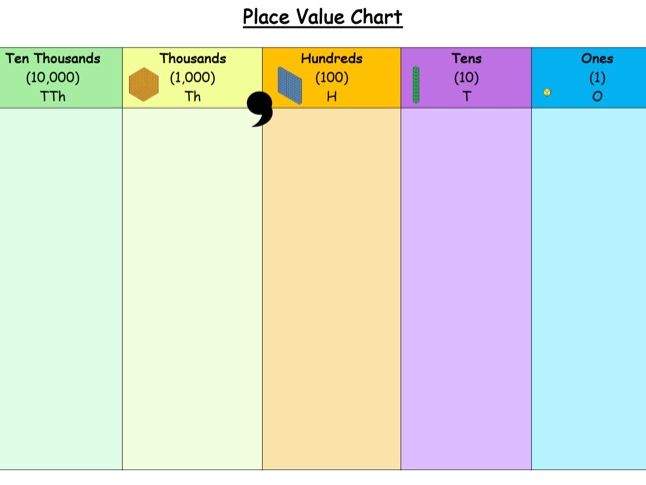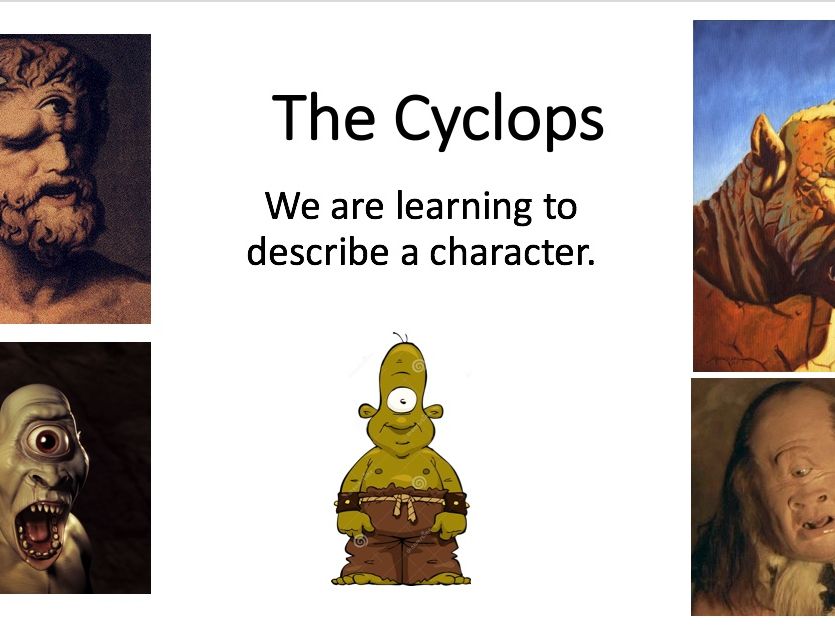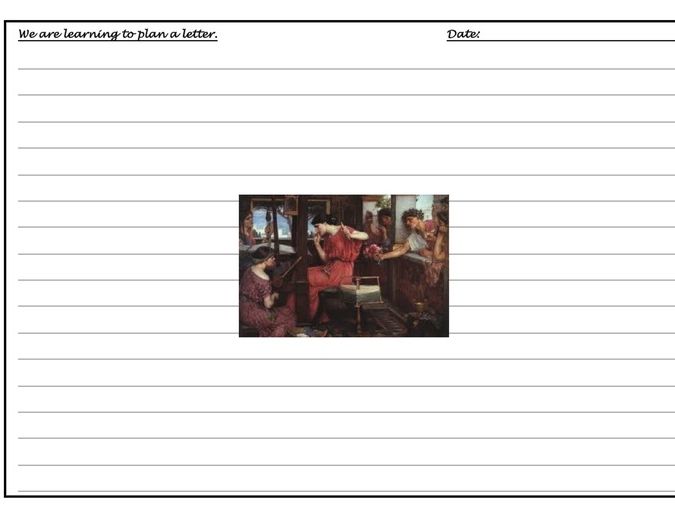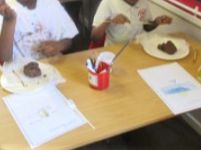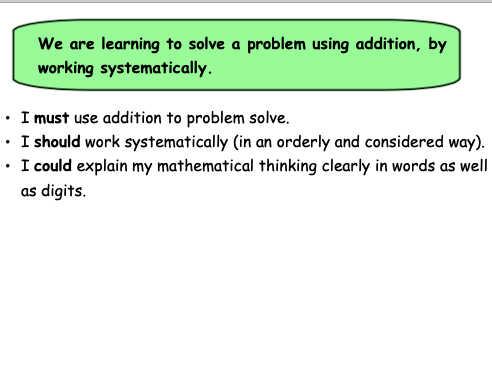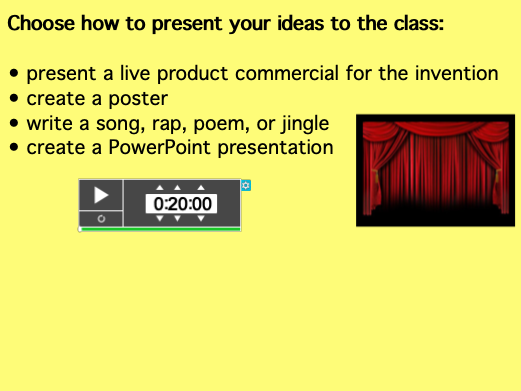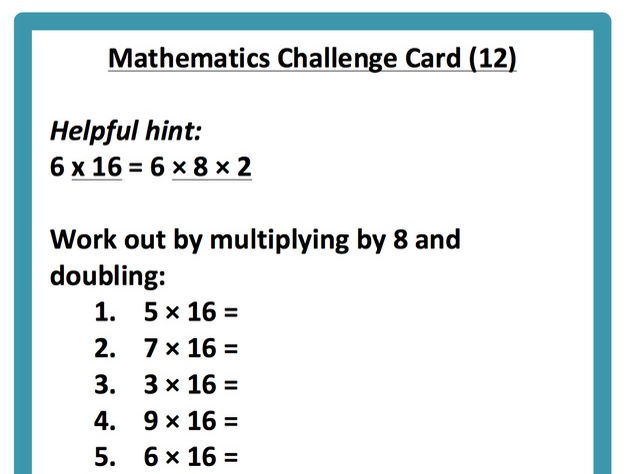17Uploads
10k+Views
3k+Downloads
All resources

Year 4 Place Value Chart
I have designed these place value charts to use with my Year 4 students - one chart simply shows Thousands, Hundreds, Tens and Ones, the other shows Tenths and Hundredths as well.
The simpler chart I use in the Autumn Term, before we cover decimal numbers. I use the more complicated one in the Spring and Summer Terms. These are in colour - I laminate these charts to use throughout the year.

Consequences and Bullying - PSHE lesson (Supply)
This is a two part lesson (2 worksheets). Children will first discuss what a consequence is and identify everyday examples. Then children will discuss who is responsible for doing something about bullying in their school and decide appropriate consequences for those concerned (e.g. feel ashamed for not interfering).
I designed this lesson for a Year 4/5 class.

Growing Up - PSHE lesson (Supply)
This lesson is suitable for children in KS2. During the lesson children will discuss how things change as you grow older (new responsibilities, physical changes etc).
There are 2 worksheets for this lesson and 2 alternate worksheets for lower ability children to complete with support.

Tenths and Hundredths
Included:
1 Lesson Presentation
Worksheet (including extension tasks)
This simple notebook (also uploaded as a PDF) will teach students to record tenths and hundredths as decimals or fractions. This is a two part lesson (first students learn to record tenths, then hundredths), with a quick starter to review place value and a short plenary, which requires students to self-explain. The worksheet is the first slide in the presentation.
Please note, I have not included pictorial aids (such as hundred squares), but you could create a differentiated worksheet to include this.

2 x The Cyclops ENGLISH LESSONS (Adventures of Odysseus by Hugh Lupton)
Planned and taught to Year 4 students.
LESSON 1: students will collect phrases to describe the Cyclops and then write a full description. (PPT + suggestions sheet for kids + PLAN)
LESSON 2: students will dramatise the story of the Cyclops in a series of freeze frames. (PPT + prompt sheet for kids + PLAN) This is a marking-free photopage lesson!
FREEBIE LESSON: graphic novel worksheet for Kids (odysseus).

Hugh Lupton's The Adventures of Odysseus - Planning, PPTs and worksheets (Week 1)
These are my resources for teaching week 1 or ‘The Adventures of Odyssus’ to Year 4.
This week we summarised the prologue, researched the main characters, learned about relative clauses and plan and wrote a persuasive letter for our Big Write. All resources are included…

Ancient Egyptians - 12 Lesson Unit, Worksheets and Materials
This is the 12 lesson unit that I taught on the Ancient Egyptians to Year 4, along with most supporting resources (2 lesson powerpoints, website suggestions etc).
I have also included a powerpoint with past students’ work for lessons 1-8, so that you can show your own pupils finished examples and see how the worksheets were intended to be used.
I have not included worksheets for the artwork we did, but this is a list of some of the things we made and I have included images of each on the example powerpoint:
papyrus hieroglyphic bookmarks (in felt tip, then laminated)
clay amulets, painted with metallic paint detailing, then varnished
paper play jewellery

Class-led Egyptian Assembly (Presentation to Parents)
My Year 4s studied the Ancient Egytians for one term, then dressed up as an Ancient Egyptian to give their parents an in-character presentation about what we had learnt.
I’ve included a POWERPOINT, (with some images blacked out, as these were of the kids), which you use and adapt for your own purposes. It complements the SCRIPT, as it is written. The script was written for a class of 28 students and will need some adjustments to suit your own classes, as would the powerpoint.
At the end of the presentation we performed a well-known SONG, which the kids loved learning. I’ve included the lyrics for it and a link to where you can find a free copy of this song online.
Presentation advice: give each child a copy of their segment of the script in case they forget their lines. Sit children in a long row, alongside the 2/3 people, who they will stand up to perform with during their part of the script. Have the children’s topic books, with name tags and any art work, laid out on tables for the parents to look at afterwards.
Hope this is helpful to someone!

Make Your Own Shabti Doll (Ancient Egyptians / History / Design and Technology)
This is a series of unit worksheets, written in the format used by my school, for Year 4’s Design and Technology Unit. We had just finished studying mummification and had also visited the British Museum’s Egyptian galleries.
This Unit:
First, we learned about Shabtis (look at a video and information website - see instructions sheet), then we thought about how we could practically design our own Shabti…
Then, using quick air drying clay, students created their own doll (see instructions).
The next day, once it was hardened, they painted and decorated their doll. Then, we varnished it, using a spray.
There is no powerpoint to show the children, but there are links to information videos on Ancient Egypt and online extension (ipad) activities of the kids.

Make a Volcano
I did this with Year 4 in the Summer Term. It was dead easy and the best thing we did ALL year. The kids designed, created and erupted their own volcanoes for their Design and Technology unit. This tied in nicely with the natural disasters unit that we did in Geography.
First lesson (1 afternoon):
Included is a video for the kids on how to make the volcano base (unpainted), a step by step powerpoint on this as well and a step by step instruction sheet to have on the tables. All created by myself.
Second and third lessons (2 afternoons):
Included is a powerpoint on how to best paint, then varnish (when dry) and later erupt your volcano. There is also an advice/example sheet to have out on the tables. I’ve made a clear list of resources for you on the first slide, to help you prepare these later lessons.
There are no worksheets included with this pack, this is a hands on Design and Technology / Geography Activity, which you can document with photopages.
I have included everything you will need, with clear visual instructions for an amazing experience with your kids. Don’t miss out!

Storyboard Man on the Moon - A Day in the Life of Bob
This is a simple storyboard to help students organise the events of the book in chronological order.
I have also included a Notebook presentation for this lesson with a starter/main activity/plenary included.

Mathematical Reasoning Investigation: Year 3/4 Lesson (Addition, 100 Square and Multiples)
I originally designed this for a 1-hour interview lesson, as I was asked to teach reasoning/problem solving, with a mixed Year 3/4 class - I was offered the job!
Starter: chn find all the numbers you can make between 1 and 100, by adding 5 (using a 100 square to leap frog). Then, discuss how we can identify ‘multiples’ of 5 (e.g. the final digit in the number always ends in a 0 or a 5).
During the main part of this investigation, students will learn to work systematically, as they will be investigating how many numbers between 1 and 100 (1 and 50 for Year 3s) you can make by adding only 3 and/or 5.
You can then extend the investigation (up level) using the suggested inquiry questions.

Mistakes and Growth Mindset (iPads)
Lesson Notes:
This could be broken into 2 lessons (research… then present)
Students will need access to the internet, either through iPads or the Computing room.
You should also print the ‘research’ worksheet.
**Overview: **
This lesson, groups of students will choose to research one of a list of suggested products, to discover how it was created by accident, as a ‘good’ mistake. They will then select a creative way to teach their peers this information. My Year 4 pupils loved this lesson - they stayed on task the whole time and the presentations (mostly commercials) were so good that we filmed them!
I’ve included a filpchart and a research worksheet for the students to use.

Mistakes and Growth Mindset
The lesson begins with a circle time activity that my kids adored. They then watch a video about a child who persists with a terrible drawing, using focused feedback to help him, until it is improved - my kids thought the transformation was amazing. They then complete a worksheet based on the video, then it all ends with a song and dance! This less guarantees you a fun afternoon with your class - enjoy!
I taught this to a Year 4 Class, but it would easily work for Year 3 / Year 5.

KS2 Art Lesson: Democratic Street Art
I taught this lesson, as part of a whole school Art day, to Key Stage 2 pupils (Years 3, 4, 5 and 6). The kids really loved it and added some very creative touches to their walls!
This can be done in a single lesson or extended to cover two lessons. Students do pastel rubbings on black card, then add white pastel lines, to create a brick wall backdrop. Then, they trace over ‘graffiti style’ lettering (on A4 paper), to create their own ‘democratic’ words, to paste onto their brick wall. They will colour these in using the felt tip pens.
I have detailed all the equipment needed in the flipchart and given lots of photos to guide you through each stage of the artwork. I’ve also included templates for the graffiti lettering.

18 Maths Challenge Cards for Early Finishers (Year 4/5)
I designed these cards for my Year 4 class this term (Spring Term 2). Included is the Docx (editable) and PDF versions.
These cards are numbered, so you and they can keep track of which ones they've completed - they can write 'Card 1' as a subheading etc. You might also consider asking them to always complete these in the back of their maths books.
I always print these cards off as A4, then enlarge them to A3 on the photocopier, before chopping them up!
They're great for early finishers and the kids love choosing their own 'extension'.
N.B. There's no answer key, as I haven't gotten around to making on yet.

